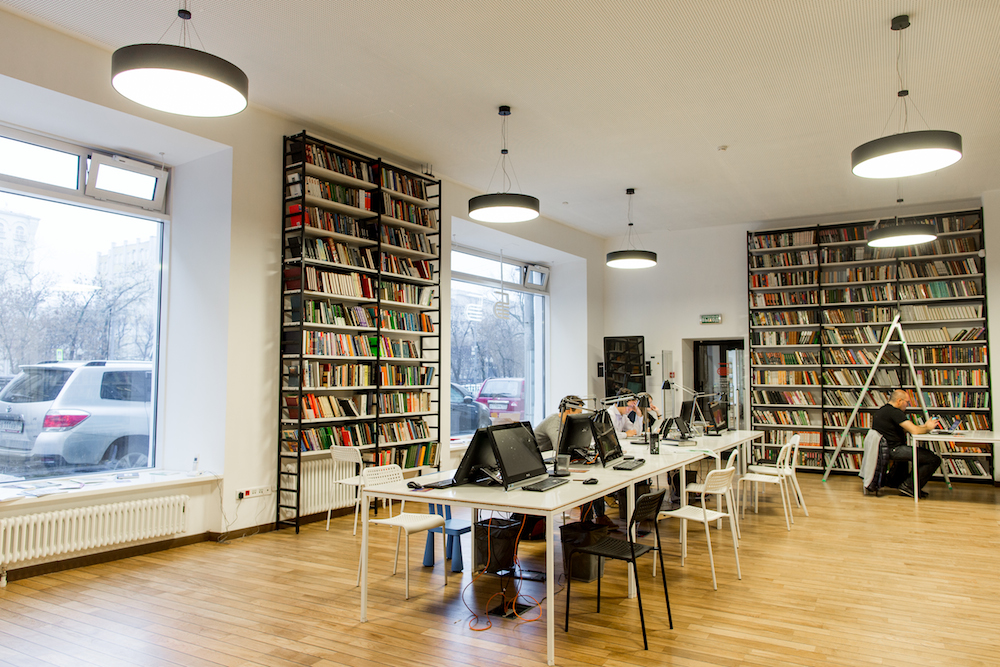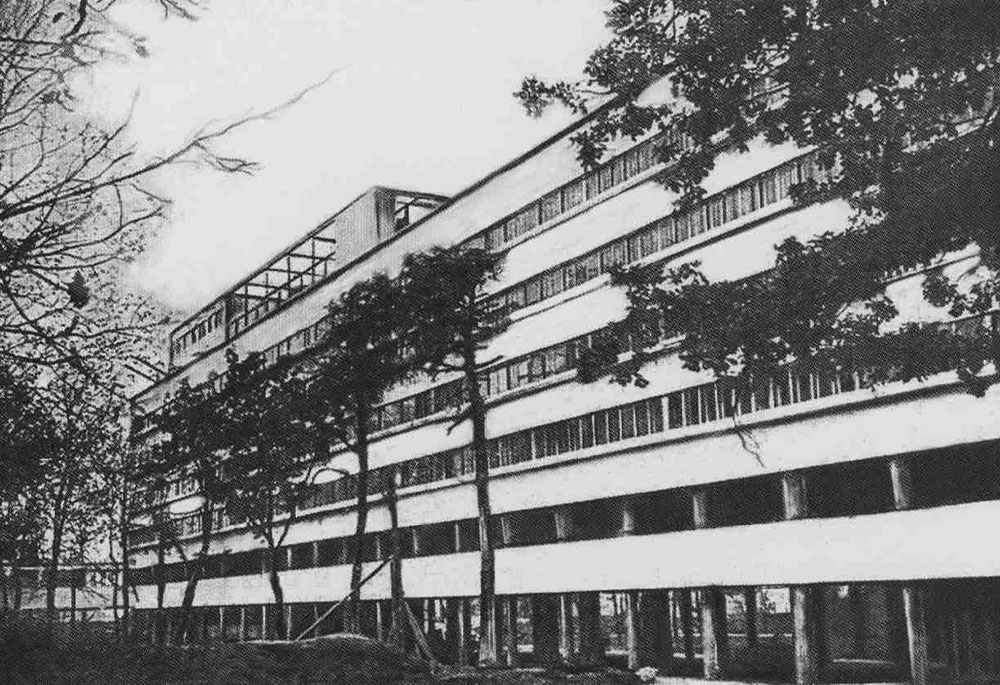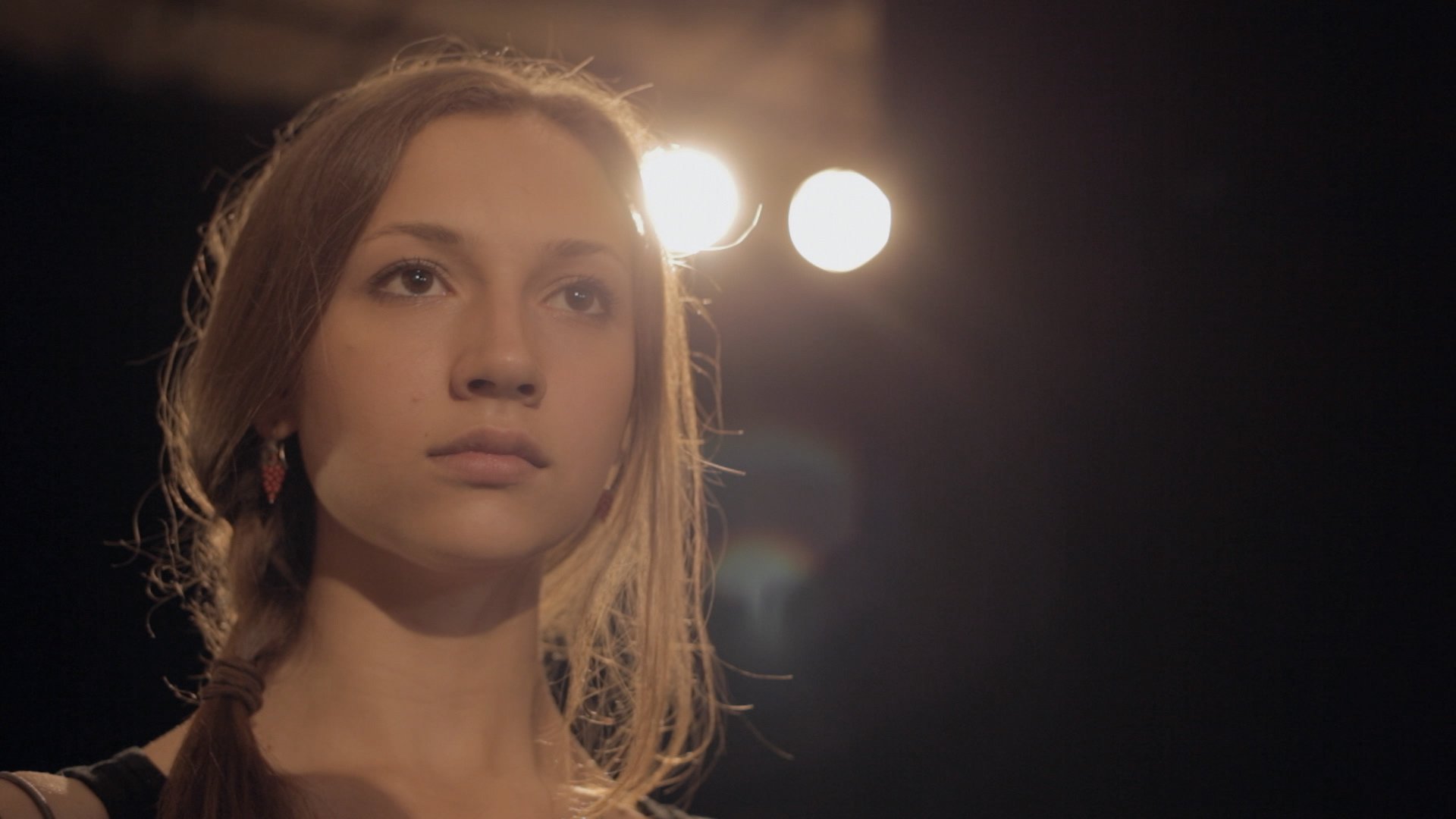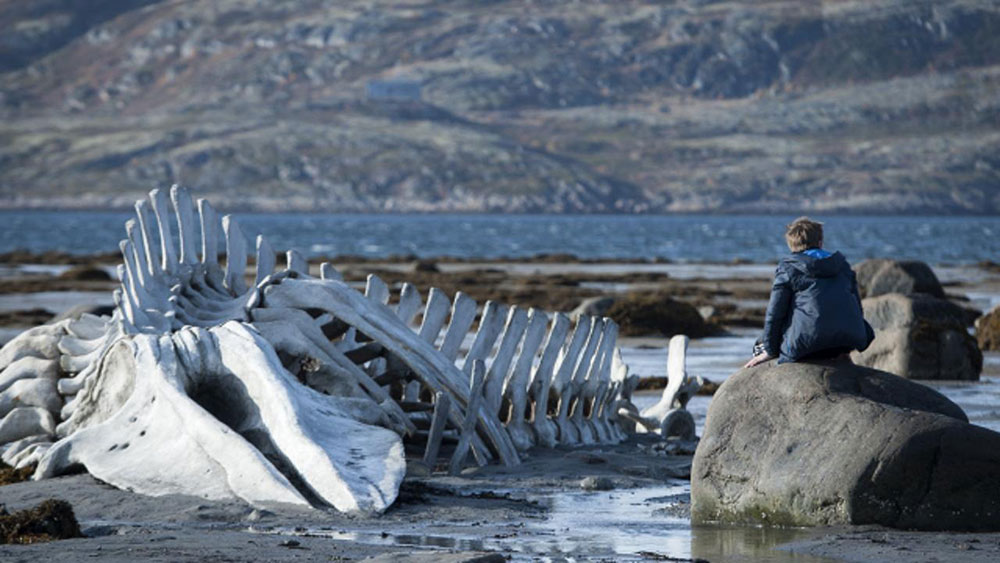Architectural treasure: Michael Glawogger’s cinematic ode to the National Library of Russia

If buildings could talk what would they say? Filmmaker Michael Glawogger turns his camera on the National Library of Russia in St Petersburg to answer this question for Cathedrals of Culture, a six-part 3D documentary masterminded by Wim Wenders
The camera starts on Nevsky Prospekt, the main avenue that runs through St Petersburg, before transferring its gaze to the National Library of Russia, one of the world’s most eminent libraries. A narrator interjects, quoting Gogol and Chekhov and other Russian literary giants. As the camera moves through the library’s tome-filled halls it becomes apparent that the voice belongs not to a human but the building itself.
Founded by Catherine the Great in 1795, today the iconic library is staffed by middle-aged babuskhas and their high-heeled assistants. The use of a female narrator reflects this culture while the camera follows the library’s employees as they leaf through the pages of leather-bound volumes. With its gilded interiors and high-vaulted, wood-panelled rooms the building, which is home to more than 20 million books including the entirety of Voltaire’s library, is a national treasure. Its significance and architectural splendour was not lost on Austrian director Michael Glawogger, who chose the library as the subject of a 30-minute documentary before he died from malaria in April this year.
Glawogger’s film joins five others to make Cathedrals of Culture, an ambitious six-part conceptual 3D documentary masterminded by Wim Wenders. For his project, Wenders put the following question to five filmmakers: if buildings could talk, what would they say? From a state library to a state prison, each director has turned the camera on a building they admire to explore its “soul”.

The Oslo Opera House, Norway
“With Cathedrals of Culture, we wanted to reverse the traditional narrative perspective of architecture films and develop a new access to these amazing buildings by letting them speak for themselves,” Wenders told Screen Daily. “We wanted to explore their soul, not architectural fact.” Wenders took as his subject the Berlin Philharmonic in Germany, the innovative design of which has inspired imitations such as the Los Angeles Walt Disney Concert Hall, while Robert Redford went for the Salk Institute in California. Danish filmmaker Michael Madsen turned his gaze on Haldan Prison in Norway, Norwegian director Margreth Olin chose the Oslo Opera House and Brazil’s Karim Aïnouz’s created a cinematic ode to the Pompidou Centre in Paris.
Exploring architecture through film is certainly not a new genre. The collision between the two was pioneered by Soviet montage master Sergei Eisenstein, who studied architecture and engineering before embarking on his filmmaking career. According to Eisenstein, both architecture and film are capable of “exploding” space, to make it move and travel beyond the flatness of surface in order to create truly three-dimensional worlds.
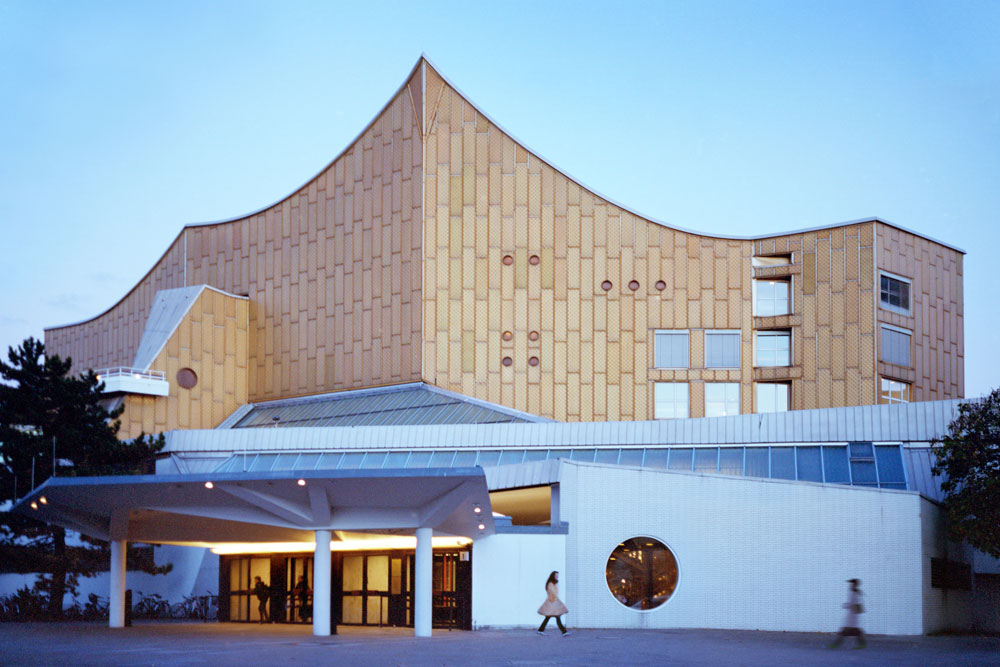
Berlin Philharmonic, Germany
Almost a century later, equipped with the latest 3D technology, Wenders explores a similar concept. “3D has a built-in capacity to involve you in a different way than ‘flat cinema’ does,” says Wenders, who introduced 3D to documentary filmmaking with his Oscar-nominated Pina in 2001. “It even involves different areas of your brain. So one can certainly tell a story differently.”
Each film in Cathedrals of Culture begins with a 3D camera moving along the walls of the different buildings with the narrative told in the first person. The narration is interspersed with long panoramic shots, spectacular angles and close-ups of walls and windows, gradually drawing the viewer into an increasingly immersive experience. As Reidar Due, a professor of cinema at Oxford University, puts it, “The building draws us, by virtue of its singular historicity into the orbit of a hermeneutic condition, which is both its own and that of its users.” Here then, is all of life: cinema as meditation on human nature and society; buildings as repositories of collective memory. Cathedrals of culture indeed.
